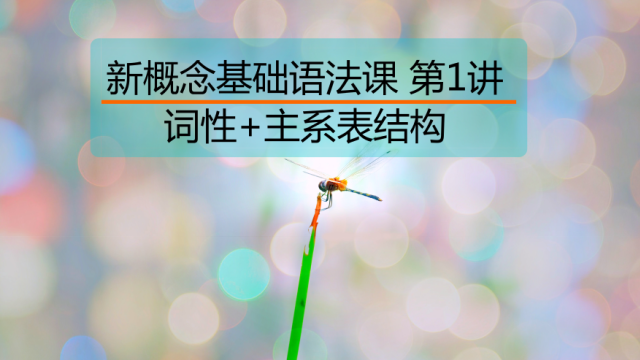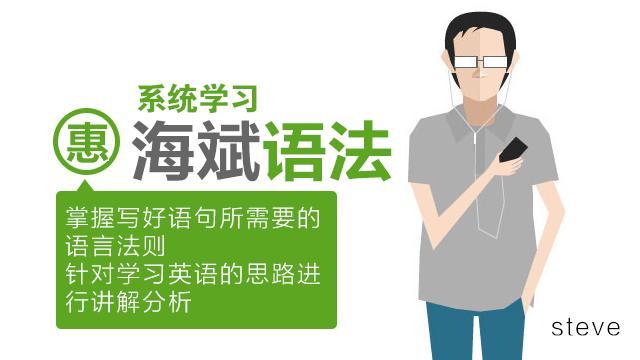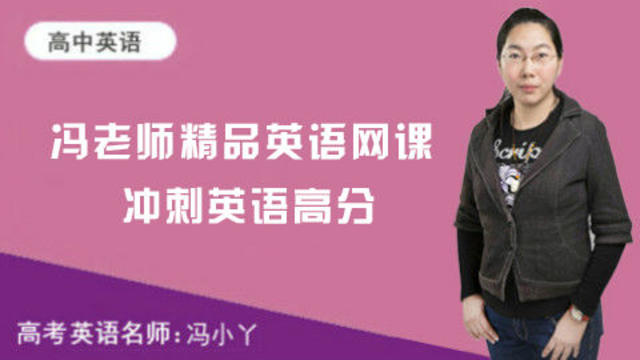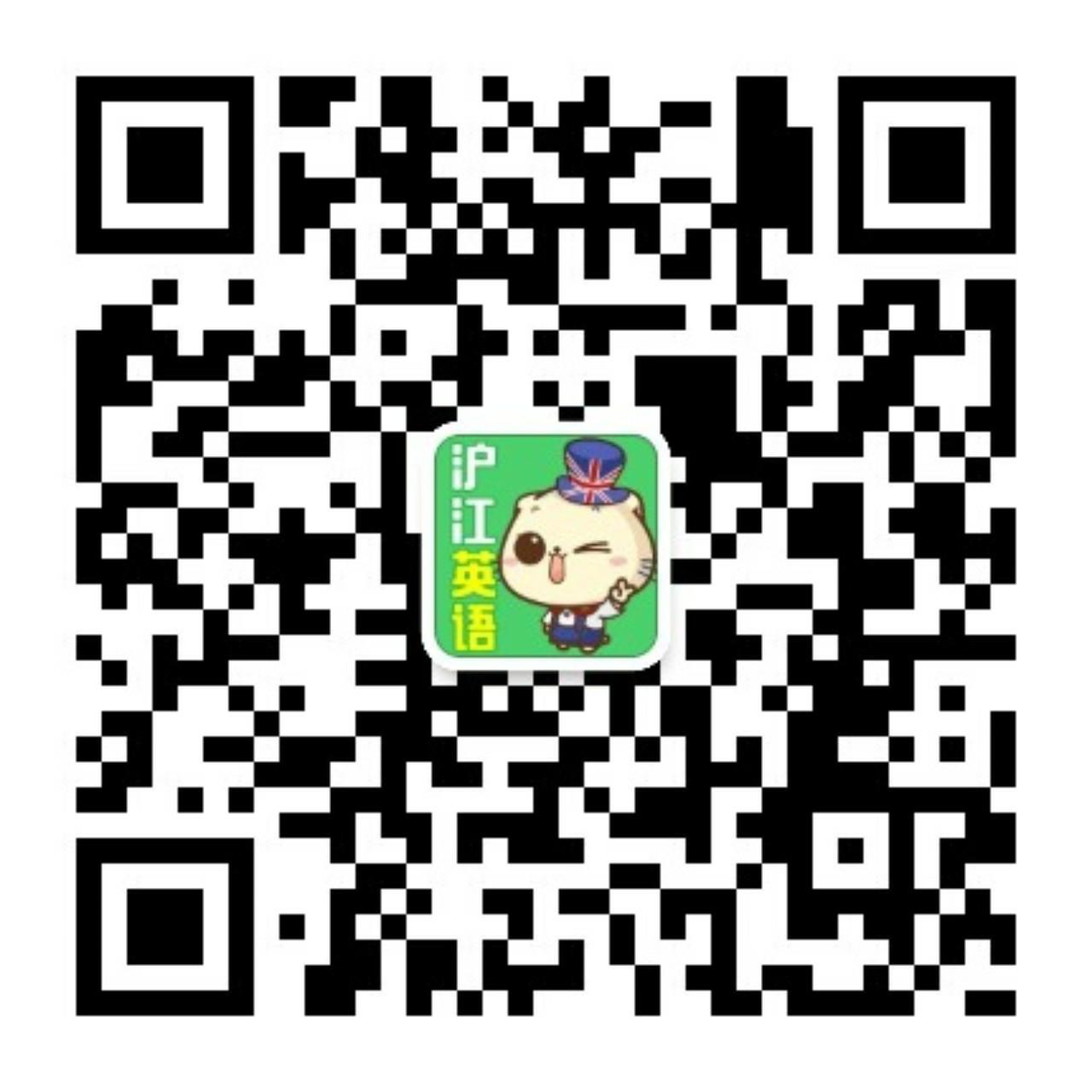Past Continuous and Past Simple過去進行時和一般過去時
作者:滬江英語
來源:British Council
2017-06-08 23:36
1. The most common use of the past continuous tense is to talk about something that was happening around a particular time in the past.
過去進行時態(tài)最常用的情況就是談論過去某個特定時間正在發(fā)生的某事。
? What were you doing at 8 o’clock last night? I was watching television.
I started watching television before 8 o’clock and I continued watching it after 8 o’clock.
我在8點前開始看電視,并且我一直看到8點后。
? In 1994 he was working in a small town in Poland.
? At 6 o’clock on Saturday morning we were travelling to the airport.
2. We often use the past continuous and the past simple tense together. When this happens, the past continuous describes a longer, ‘background’ action or situation and the past simple describes the action or events.
過去進行時態(tài)和一般過去時態(tài)一般是一起使用的。當兩者同時出現(xiàn)的時候,過去進行時描述的是一個更長的、背景動作和背景情況,而一般過去時則描述活動或者事件。
? When I woke up this morning it was raining and my father was singing in the kitchen.
? I was walking home, whistling happily, when I saw two masked men run out of the bank.
Often, the ‘a(chǎn)ction’ described by the past simple tense interrupts the ‘situation’ described by the past continuous tense.
一般來講,由一般過去時態(tài)來描述的“動作”會打斷由過去進行時態(tài)描述的“情況”。
? I broke my leg when I was skiing.
? I was playing a computer game when the doorbell rang.
Notice that the past continuous describes ‘situations’ that go on for some time – ‘skiing’ and ‘playing’ but the past simple describes ‘a(chǎn)ctions’ that happen quickly – ‘broke’ and ‘rang’.
請注意,過去進行時態(tài)描述的是能持續(xù)進行一段時間的“情況”,這里的skiing和playing是一般過去時描述的很快發(fā)生的“動作”。
Notice too the important difference between these two sentences.
還請注意一下兩個句子的重要區(qū)別。
? When they arrived, Jeff was cooking dinner. Jeff started cooking before they arrived.
? When they arrived, Jeff cooked dinner. Jeff started cooking dinner after they arrived.
- 相關熱點:
- 英國文化教育協(xié)會:語法和詞匯
- 雅思高頻詞匯











